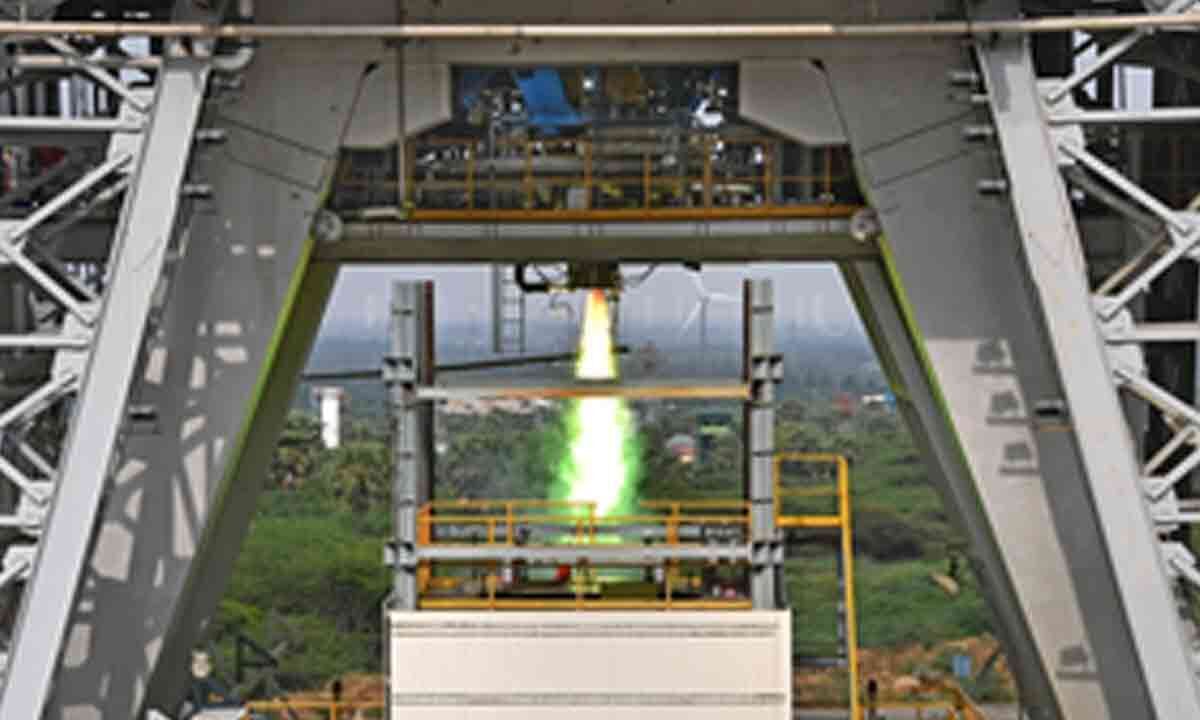Chennai : The Indian area company on Monday explained it has successfully realized the ignition of a semi-cryo preburner, a big milestone in the progress of semi-cryogenic propulsion systems.
In accordance to the Indian Space Exploration Organisation (ISRO), it is acquiring a 2,000 kN thrust semi-cryogenic engine working on a liquid oxygen (LOX)-kerosene propellant mix for maximizing the payload/carrying ability of LVM3 rocket and for potential start autos.
The Liquid Propulsion Devices Centre (LPSC) is the guide centre for the progress of semi-cryogenic propulsion techniques with the assist of other launch auto centres of the ISRO.
The assembly and tests of the propulsion modules were completed at the ISRO Propulsion Sophisticated (IPRC), Mahendragiri.
As section of the motor progress, a pre-burner ignition check post, which is a whole complement of the motor power head system excluding the turbo-pumps, was realised.
The ISRO claimed the initial ignition demo was executed successfully on May possibly 2, at the semi-cryo integrated engine take a look at facility (SIET) at IPRC. The facility was devoted to the nation not long ago by Key Minister Narendra Modi.
Smooth and sustained ignition of the preburner is demonstrated which is essential for starting the semi-cryogenic motor, the ISRO claimed. Semi-cryogenic engine ignition is obtained working with a start fuel ampule which employs a combination of triethyle alumnide and triethyle boron created by the Vikram Sarabhai Room Centre(VSSC) and utilised for the initial time in ISRO in the 2,000 kN semi-cryogenic motor.
The ignition method is one particular of the most significant elements in the development of liquid rocket engine systems. The Indian place agency mentioned the profitable ignition of the semi-cryo pre burner, will be adopted by enhancement tests on the engine powerhead test post and entirely integrated engine.
The advancement of a semi-cryo stage with 120 tons of propellant loading is also under progress.
